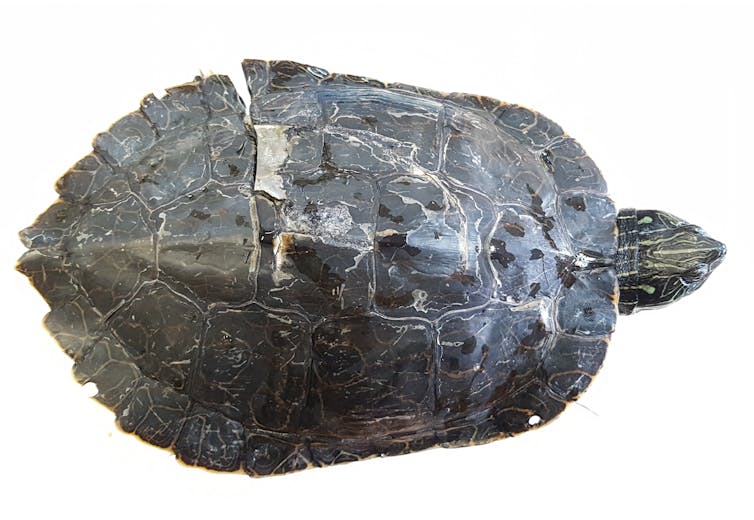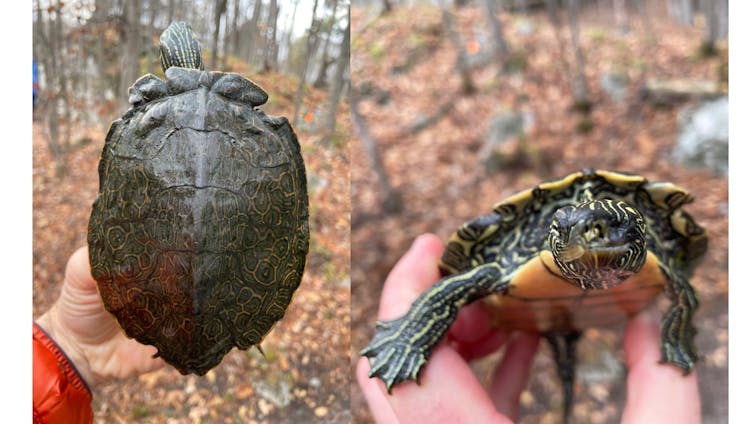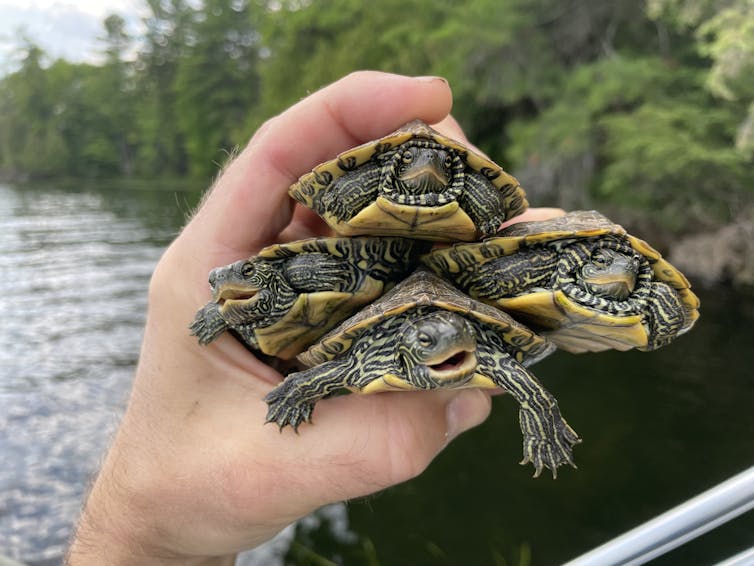If you’re looking for something fun to do with the kids this season or want to up your wintertime bird feeding game, decorate a tree in your yard with some DIY edible decorations. You may also get some squirrel or deer visitors; which are an extra visual bonus for the kids.
“What I think is fun about this idea is that you turn just filling up your bird feeder every day into a family activity,” says Jody Allair, Director, Community Engagement at Birds Canada. He says it’s a festive thing to do that goes beyond your typical decorating and becomes something the birds will appreciate. It’s also a way to build connections to the natural world. “We need more of those,” he says. “This is a great arts and crafts project to do as a family, and the reward is having birds in your yard.” It’s win-win for you and the birds.
First, pick a tree in your yard. Allair says it doesn’t have to be a conifer – even a bush will suffice. Speaking of trees, he also says once you’re done with your real Christmas tree, instead of putting it in the dump or in the garbage, you could ‘plant’ it outside once you’ve removed the tinsel, garland, and decorations. Of course the stump won’t take root in the frozen ground, but its branches can offer additional habitat for animals.
And since you’re doing all this to help the birds, “there are important elements to keep in mind to create a bird-friendly environment,” say Allair. “Don’t place the food or items in an area where birds are going to collide with the windows. Be strategic.” Also, if you have cats, keep them inside or on a leash. For anything you wish to hang, use natural string (the thicker the better he says); never use fishing line. “Natural string that can break down in the sun after a few months is fine.”
Now to the fun part. Here are five DIY feeder ideas you can make yourself this winter:
Hang bird-friendly Christmas cookies. Use this recipe from Birds Canada. Let your kids choose which shapes they’ll want their cookies to be.
Love blue jays? Give them peanuts, or peanut butter. “The best way to present them is with a peanut wreath, or Allair says you could simply string them together and hang them up. “They’re crazy for peanuts.”
Pinecone feeders. Go for a nature walk and gather some pinecones (not spruce, though, as Allair says they’re too soft). Tie on a string for hanging them up, then add peanut butter. (Allair says regular popular store brands are okay.) The hearty, rigid cones have lots of openings to fill.
Make your own suet balls or cakes. These offer a lot of messy DIY fun for kids. Allair recommends using large plastic margarine tubs to keep the mess at a minimum – unless you like lard all over the place. “It’s fun to roll the suet in seeds,” he says. Which type is best? Allair recommends black oil sunflower seeds – they have a high fat content, which birds need, and all species of birds are able to open them (no nutcracker required).
Log feeder. If you’ve got some hollow branches on hand, you can hang those, filled with peanut butter. “The birds will pluck out the peanut butter,” he says.
The main goal for each of these is to provide things the birds would like to eat in the natural world, “but you’re presenting it in a festive way,” he says.
You can also DIY a more traditional bird feeder and fill it with seed. To attract cardinals, include some sunflower seeds inside. Cardinals are “robust and like the perch,” Allair says, so they’ll need a sturdy structure where they can enjoy their meal.
If you provide a mix of food, you can expect chickadees, red-breasted nuthatches, downy woodpeckers, blue jays, and hairy woodpeckers.
Once your tree’s all decorated, relax with some hot chocolate by the fire and watch for visitors that stop by to admire – and eat – the outdoor decorations.
Know someone that’s an avid birdwatcher? Allair says Birds Canada’s Project Feeder Watch program makes a great last-minute gift.











